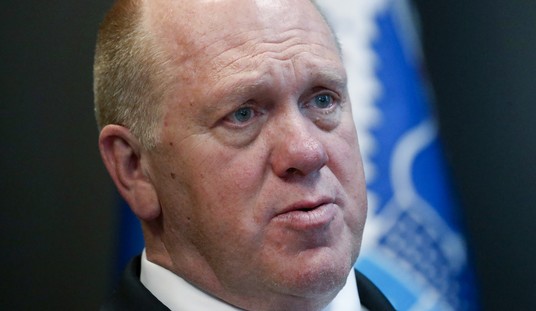A New York Times report revealed on Tuesday that investigators believe a recent, mismanaged military program in Afghanistan may have led to the injuries and deaths of American soldiers.
The program was intended to keep insurgents from planting bombs in roadside drainage culverts by covering the culverts with thick metal grates. Thousands of the so-called culvert denial systems were supposed to have been installed since 2009.
But investigators say that hundreds, possibly more, were never installed, and that an “investigation is looking into whether this apparent failure to perform may have been a factor in the death or injury of several U.S. soldiers,”
“If the charges stand up, it will be the first documented case of a contracting failure in Afghanistan directly linked to American deaths.”
Rather than using military personnel to install the grates, management outsourced both the construction and the installation of the grates to private contractors.
According to the Special Inspector General for Afghanistan Reconstruction (SIGAR), their preliminary investigation has found “that at least two Afghan contractors—with a total contract amount of nearly$1 million—in one Afghanistan province have committed fraud by billing the U.S. government for the installation of 250 culvert denial systems[metal grates]that were either never installed or incorrectly installed.” So far, the two men (a contractor and sub-contractor) have been arrested and charged with fraud and negligent homicide.
There are at least 2,500 places where culvert denial systems were supposed to be installed, totaling over $32 million in U.S. military expenses. The status of these systems is currently under investigation.
Recommended
The program was intended to combat the dramatic increase of improvised explosive devices used against the American military; from 2009-2011, incidents of IEDs increased over 42%. 2012 saw a further increase in incidents, totaling over 17,000 IED attacks throughout the year.
While The Times covered the details of the failed military project, it refrained from asking why project oversight waited years to follow up on the status and implementation of the program. Especially when IED incidents were becoming more and more frequent and the U.S. was giving over $32 million of tax-payer money to private contractors in Afghanistan.
This program was grossly mismanaged and Americans deserve to know why those overseeing the program neglected to manage it. Despite the current administration’s push to remove all American troops from Afghanistan by the end of 2014, it must remember that as of now, our military is still heavily involved in the region and any misconduct that puts our soldiers in harm’s way must fall on our Commander-In-Chief. If this program had failed under President Bush, we know the media would have called for answers. Under President Obama, a demand for transparency remains to be seen.
























Join the conversation as a VIP Member